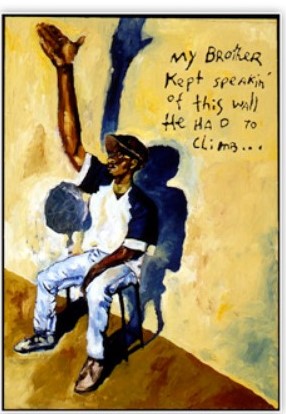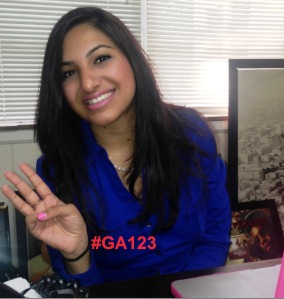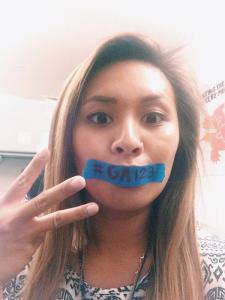By Kirk Clay
“Ain’t no mountain high enough, ain’t no valley low enough, ain’t no river wide enough, to keep me from getting to you.” — Marvin Gaye
Reflection
I remember my first trip to Atlanta, Dr. Joseph Lowery — a civil rights leader who helped to found the Southern Christian Leadership Conference (SCLC) — recruited me to help him on a project. He asked that I help to manage a “Mississippi Voter Whistle Stop Tour” through the Deep South and wanted me to join the caravan in Atlanta for the launch of this effort. This project was an experience of a lifetime for me and my first multi-state civic engagement bus tour. Being a twenty-something organizer from Toledo, I knew not many politicos from my generation and background would have this opportunity. I felt lucky to get his attention so early in my career and often wondered what caused him to “like” me and take me and become my mentor.

The flight was delayed in Washington, DC, by six hours. I will never forget how nervous I was running through the Atlanta airport, having arrived close to midnight. My flight was delayed because of the weather, and in those days, I had no way to get word to the team that I would be arriving close to midnight. To my surprise, friendly law enforcement officials were waiting for me to land and whisked me through the airport to the ground transportation area. When I got there, I was surprised to see five black Chevrolet SUVs sitting in the airport driveway.
With the doors open and his feet on the dashboard, he sputtered, “don’t just stand there, get in. We have to make it to the Mississippi Delta by sunrise.” Of course, that’s what I did. We traveled all night to make up for the lost time. We only stopped for gas, snacks, and a hot meal. His amazing network of restaurants and gas stations opened their kitchens along the way.
We didn’t have a heart-to-heart talk about the fact that he held up the entire movement for me that night. Later, I eventually mustered up enough courage to apologize, saying, “I’m sorry for causing such a mess at the airport. What can I do to make things, right?” He took a deep breath: “Well,” he said decisively, “we in the movement promised never to leave anyone behind, and everyone is important to the movement so just leave no one behind, then we’ll be alright.”
Discovery
The question is, “how will the digital divide affect learning for students of color as the education community moves toward distance learning?”
One thing is clear; Covid-19 has exposed how important having access to quality education is. Also, this pandemic has highlighted the racial and economic inequalities that exist as it relates to technology in our school system. Sure, there are many great teachers, schools, and curriculum — remnants of from past “good” educational policies from eight years ago, but there is a clear technological divide as well. Resources that focus on parental support, teacher pay, and student-centered learning are still needed, but that’s not all. We must be acutely conscious of the effect that recent policies have had on the nation’s educational system, especially as it relates to students of color and communities of need.
This effect will be made worse by the coronavirus, mainly as we struggle to identify appropriate curricula, responsive, interactive learning models, and help students in need find a decent meal. These problems emphasize a pressing and terrible truth that we, as a country, still have a lot of work to do to level the playing field for students of color.
The choice is clear if we must choose one area of focus for immediate impact — its technology. That will be the most substantial determining factor for students of color. For students to be successful during this time of distance learning, they must have access to quality education, equipment, and technology — including broadband. Think about Rev. Dr. Lowery’s philosophy, but instead of traveling to the Mississippi Delta for civic engagement, this journey is for the future of lifelong learners of color. We must account for the fact that these students will one day end this journey with a cumulative amount of discrimination, microaggressions, racial stress, and trauma. Therefore, we must help them find ways to take care of their educational needs and mental health throughout this journey.
To be continued …
Kirk Clay is the President of Capitol View Advisors — a collaborative acting on its values in creative and strategic ways to connect communities with the information and resources they need to support and further their aspirations.











